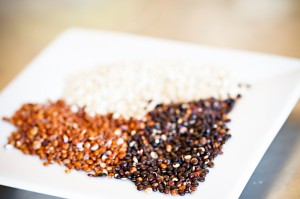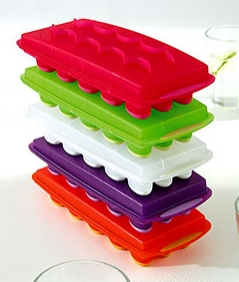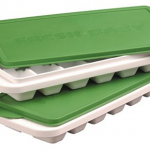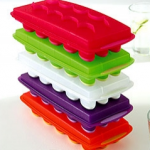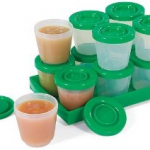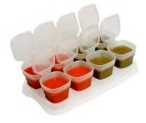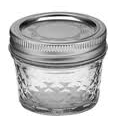The Changes Keep on Coming: The Next Chapter for Little City Kitchen
 You may have noticed the radio silence over the last few weeks. The last four weeks have been monumental for me. First came the announcement that Little City Kitchen Co. will stop producing baby food. And now the next bit of big news that may come as a disappointment to some: I’ve decided to stop baby food altogether, which includes the education and cooking class components.
You may have noticed the radio silence over the last few weeks. The last four weeks have been monumental for me. First came the announcement that Little City Kitchen Co. will stop producing baby food. And now the next bit of big news that may come as a disappointment to some: I’ve decided to stop baby food altogether, which includes the education and cooking class components.
It all began three weeks ago with a potential publishing deal. After the decision to get out of the kitchen, I moved the idea of writing a cookbook to the front of my mind and started researching my options. Readers & customers had been asking for a cookbook for a while, and considering all the blogging I had already done, and the 60+ recipes I had already developed, publishing was an obvious next step.
I was introduced to No Limit Publishing through a trusted friend. They’re a unique & innovative middle step between self-publishing and a full service publishing house. After several phone conversations with their Editor-in-Chief, I found myself staring at a six-page legal agreement that, if signed, would be my first step towards being a published author. Yipee!
I called them on a Friday evening, gave them a verbal “yes”, and went home to sign the contract.
Then – an interesting thing happened. I stared at the unsigned contract on my desk for the entire weekend. Every time I would pick it up to sign, my entire body would rebel. Literally, it would recoil. Those who know me well know that I’d never give a verbal agreement without intending to move forward, so what the heck was going on?
I originally thought that my disconnect with baby food came from the making of it (hence my decision to stop production), but what I realized in that moment was that baby food industry didn’t feel like the right path to me anymore. I could no longer see myself being a baby food educator in the future, so why would I commit to writing a cookbook that took me further in that direction?
So while that revelation may seem sudden and shocking to some, I know in my heart of hearts that it’s the right one for me now.
My long-time readers are used to me sharing changes without having worked out all the logistical details, and this is certainly no different. I have not decided what this means for the Little City Kitchen Co. brand per se, but it does mean that moving forward, we’re no longer going to be a baby food company.
And on a side note…I DID end up signing a publishing agreement, but not for a baby food cookbook! Read on for more details…
Existing Customers…Still Interested in Baby Food?
If you are still interested in ordering baby food, there are two great businesses that I am recommending, and both are offering 20% off the first order to all Little City customers:
 Big Dipper Baby Food offers in-store pickup in Bernal Heights, delivery options & a few store locations including Three Stone Hearth in the East Bay. They offer lots of nutrient dense foods such as duck liver and beef marrow, blended with fresh fruits, veggies & spices to make them easy for the kiddos to enjoy. Flavors are listed here.
Big Dipper Baby Food offers in-store pickup in Bernal Heights, delivery options & a few store locations including Three Stone Hearth in the East Bay. They offer lots of nutrient dense foods such as duck liver and beef marrow, blended with fresh fruits, veggies & spices to make them easy for the kiddos to enjoy. Flavors are listed here.
 Fresh Baby Bites offers a CSA-style delivery of fresh baby food weekly. They have 3 different kinds of baby food: Simple Purees, Spiced Up, and Spices & Grains depending on the texture your little one prefers. Their recent menu is listed here.
Fresh Baby Bites offers a CSA-style delivery of fresh baby food weekly. They have 3 different kinds of baby food: Simple Purees, Spiced Up, and Spices & Grains depending on the texture your little one prefers. Their recent menu is listed here.
I will be sending existing customers a separate email with more details on both companies and how to redeem your 20% off discounts. And if you purchased a gift certificate for baby food or a cooking class that hasn’t been redeemed, please email me and I will issue you a full refund.
 Jill Epner is a recovering food entrepreneur, advocate for early-stage food startups, and Bay Area food blogger. Follow her on Facebook, or sign up to receive her newsletter where she gives a candid peek into the world of starting her own food company, Little City Kitchen Co.
Jill Epner is a recovering food entrepreneur, advocate for early-stage food startups, and Bay Area food blogger. Follow her on Facebook, or sign up to receive her newsletter where she gives a candid peek into the world of starting her own food company, Little City Kitchen Co.











